Keep ahead of the threat
Stay up to date with the latest mycotoxin information by signing up to our newsletter

The mycotoxin threat to poultry
All poultry groups are affected by mycotoxins, so it is vital that commercial producers regularly assess and mitigate the threat to their production units. The various poultry species respond differently to mycotoxin challenges, but the clinical signs of mycotoxicosis can be hard to detect. Careful monitoring, recognition of symptoms and post mortem diagnoses – combined with adequate feed analyses – provides the most accurate mean of a mycotoxicosis diagnosis within large flocks of poultry.
How do mycotoxins affect poultry
Mycotoxins mainly exert their effects through the following mechanisms:
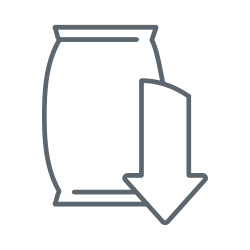
Feed intake reduction or feed refusal
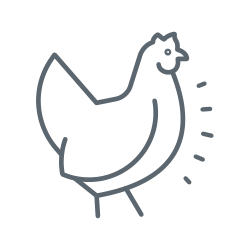
Reduced growth performance
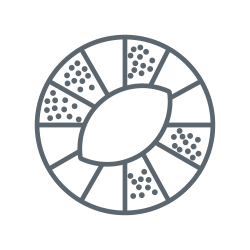
Compromised fertility

Suppression of the immune system

Damage to internal organs
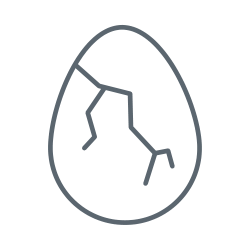
Reduced eggshell quality
With significant variations in how mycotoxin-related issues are seen in birds, accurate diagnostics can often prove difficult, and if not addressed quickly, can greatly impact animal health and performance, and subsequently, business profitability.
Feed and litter challenges
Feed is the key vector for introducing mycotoxins into flocks, but birds can also be exposed to toxins in their litter. Chopped straw litter may be contaminated with significant concentrations of mycotoxins at the time of harvest, although any type of litter can be contaminated if kept under unfavourable storage conditions.

Layers
Laying hens are susceptible to mycotoxins for various reasons. The longer production cycle (70 weeks or more) makes them ideal candidates for chronic mycotoxicosis. This can be further influenced by the increased use of feed by-products in layer diets, which can contain up to three times more mycotoxins than grains.
Even a moderate mycotoxin challenge will hit layer production with estimated losses of 0.07 eggs/hen/week at a cost of $0.05/hen per week.
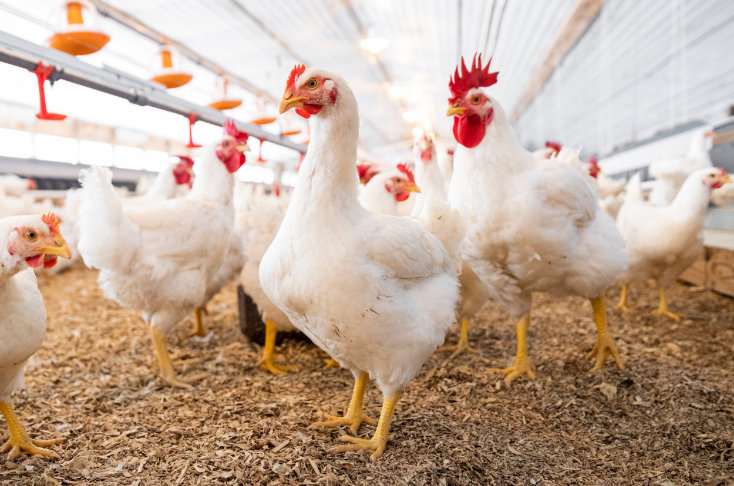
Breeders
Mycotoxicoses are a big threat to commercial breeding units. This is because any reduction in bird fertility or egg hatchability is extremely costly. Even a small increase in mortality rates of breeding chickens can reduce the potential of a farm to meet chick production targets. Additionally, low levels of mycotoxins in contaminated feed could already be affecting the immune and reproductive systems, whereas growth rates may be unaffected.
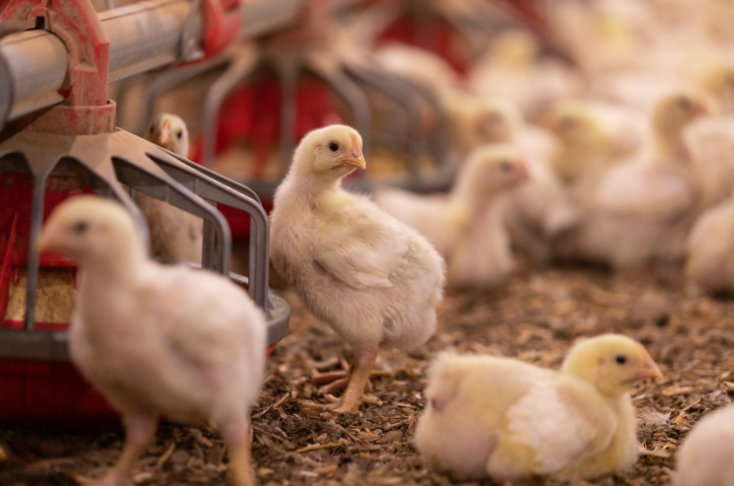
Broilers
Genetic improvements have played a major role in bringing broiler chickens and turkeys to the table faster, and with increased feed efficiency. Unfortunately, such progress has had its price, with birds becoming more susceptible to metabolic and infectious disease challenges. Mycotoxin contamination of feed or litter can suppress the immune system. Mycotoxins can also directly compromise bone strength, feed intake, weight gain, feed efficiency and meat quality.
How much can mycotoxins cost broiler producers?
Estimate based on the mycotoxin impacts observed in published scientific research and the three year average Alltech REQ for global broiler feed (REQ average for broilers = 77).
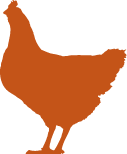
1.77 g/day decrease in average daily gain/bid

2.1% increase in feed conversions ratio (FCR)

$0.11 decrease in profit/bird
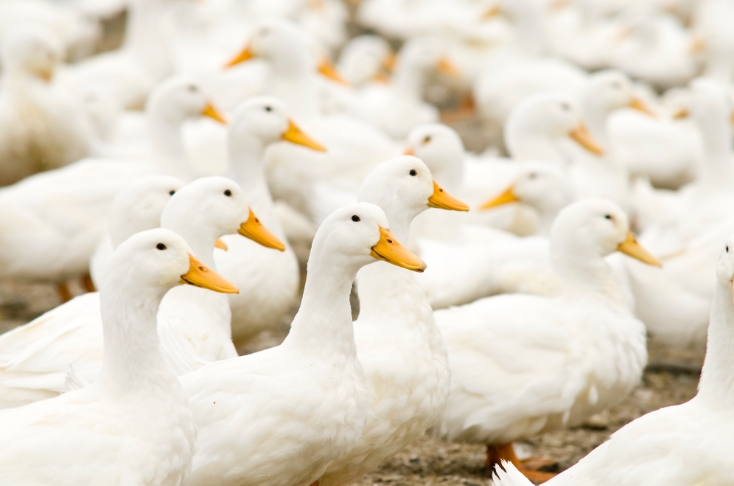
Ducks
Ducks are more sensitive to aflatoxins than other poultry species. This is due to how they process aflatoxin in the liver which is different to other poultry species due to varying liver enzymes. As a result, aflatoxin is biotransformed to the less toxic epoxide form at a different rate than that of other poultry species.
With the increased sensitivity to afltoxins, ducks are more likely to show liver lesions and hepatic tumors even during chronic lower level aflatoxin exposure. Ducks can also be impacted by other mycotoxins that can result in lower feed intake, decreased growth rates, altered feed efficiency, and increased susceptibility to infectious diseases.
Multiple mycotoxin contamination of poultry feed
Contaminated feeds or ingredients typically contain several mycotoxins. The toxic responses and clinical signs in poultry when more than one mycotoxin is present in feed are complex and diverse. And multiple contaminations appear to exert greater negative effects on health and productivity than single mycotoxin exposure. For this reason, signs typical of mycotoxicoses are often seen in poultry, despite analyses of the feed indicating only very low or zero concentrations of individual toxins. Toxicity may be due to interactions between different mycotoxins that inflate the toxicity symptoms.







